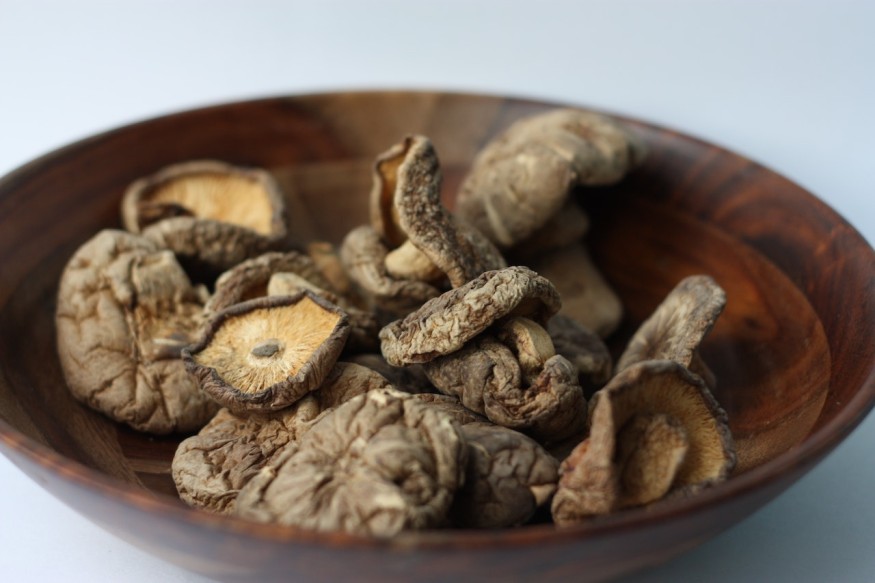
Two days after consuming undercooked shiitake mushrooms, a man got painful rashes coating his back skin.
Man Acquires Shiitake Dermatitis After Consuming Undercooked Mushrooms
The man, 72, prepared and ate a meal of shiitake mushrooms. Two days later, he developed rashes all over his back. The rashes were so itchy that the man could not even sleep properly.
When he visited the hospital, doctors checked his back and observed that there were swollen and inflamed skin streaks that appeared like the man was whipped over his back.
While trying to pinpoint the exact condition, the doctors crossed dermographism from the options. This condition leads to the formation of raised marks over the skin after rubbing or scratching is done. The man also did not exhibit any signs of swollen lymph nodes, which typically indicate a bacterial or viral infection, or that the illness started affecting his other bodily issues.
Taking into consideration what the man ate, the doctors then concluded that the man's case was that of shiitake dermatitis, which is typically linked to whip-like streaks on the body's trunk.
What Is Shiitake Dermatitis?
In this condition, the linear-looking rashes surface due to the mushroom's carbohydrate known as lentinan. This carbohydrate triggers chemical messenger release, including interleukin-1, which may lead to inflammation. Due to this, the blood vessels of a patient start dilating or widening. The hallmark rashes then develop. Usually, these rashes show up two to three days after consuming the mushrooms.
Because heat breaks down lentinan, shiitake dermatitis only happens when raw or undercooked shiitake mushrooms are consumed. According to Eglė Janušonytė, a co-author of the man's case and a dermatology resident from the Geneva University Hospitals, the condition does not surface when the mushrooms are cooked thoroughly at temperatures over 145 degrees Celsius.
The condition typically subsides on its own without requiring treatment. However, in some cases, patients may take anti-inflammatory drugs for treating their symptoms. For the man's case, he was prescribed steroids for topical application over his back and with antihistamine tablets for oral ingestion.
Two weeks after, his back became less itchy. However, some darker patches still remained in the skin, which typically happens after inflammation dies on the skin.
According to the authors of the case report, the man was advised to thoroughly cook shiitake mushrooms in the future. They are hopeful that the man's case would boost awareness regarding the condition.
Shiitake dermatitis was first documented in 1977 in Japan. The condition is most prevalent across Asia where shiitake mushrooms are regularly consumed. However, cases have also been reported across South America, North America, and Europe.
Janušonytė explains that shiitake mushrooms are the world's second most consumed mushroom. With this, they anticipate numbers to grow across Europe, stressing further that it is crucial for healthcare practitioners to be educated regarding this condition.
Check out more news and information on Medicine & Health in Science Times.
© 2026 ScienceTimes.com All rights reserved. Do not reproduce without permission. The window to the world of Science Times.












